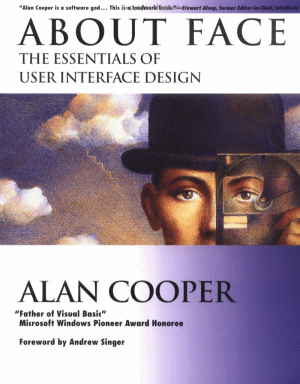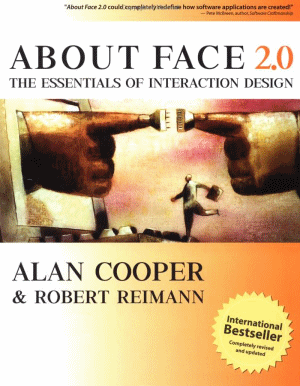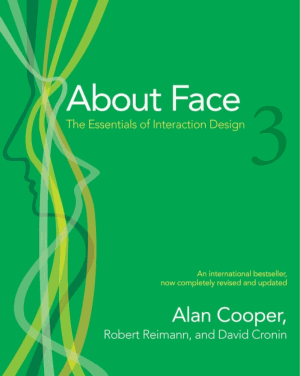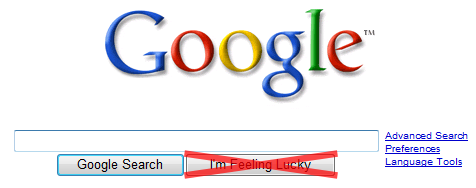The Three Faces of About Face
I bought my copy of Alan Cooper’s classic About Face in 1995. I remember poring over it, studying its excellent advice, reveling in its focus on the hot new UI paradigms standardized in Windows 95 – toolbars, menus with icons, tabbed dialogs, and so forth. Seems quaint now, if not borderline obsolete, but this was 12 whole years ago. That’s almost a lifetime in computer dog-years.
 |  |  |
| About Face 1995 Alan Cooper | About Face 2.0 2003 Alan Cooper, Robert Reimann | About Face 3 2007 Alan Cooper, Robert Reimann, David Cronin |
(There is a fourth and final version of About Face as well, released in 2014.)

I had no idea that there was a new edition of About Face until late 2003, when I saw the new cover sitting on a coworker’s desk. I rushed out to get my own copy, and I found the book much improved over the original. I love Cooper, but he can be awfully bombastic at times. Having a second author dilutes Cooper’s natural bombast and adds another viewpoint for a broader perspective. The new version was better and more up to date. My old copy was officially obsolete.
I was surprised to see a comment on my recommended reading post about yet another new edition of About Face released this year. Again, I rushed out to get my own copy. Cooper is obsoleting his own books at a frantic pace; it’s almost as bad as software. If, like me, you’re wondering what’s new in About Face 3, there’s a summary in the introduction:
- The book has been reorganized to present its ideas in a more easy-to-use reference structure. The book is divided into three parts: the first deals with process and high-level ideas about users and design, the second deals with high-level interaction design principles, and the third deals with lower-level interface design principles
- The first part describes the Goal-Directed Design process (pdf) in much greater detail than in the second edition, and more accurately reflects current practices at Cooper, including research techniques, the creation of personas, and how to use personas and scenarios to synthesize interaction design solutions.
- Throughout the book, we attempt to more explicitly discuss visual interface design concepts, methods and issues, as well as issues related to a number of platforms beyond the desktop.
- Terminology and examples in the book have been updated to reflect the current state of the art in the industry, and the text as a whole has been thoroughly edited to improve clarity and readability.
I’ll vouch for the readability improvement in text and layout – this is a much better designed book overall. Adding the third author has improved the book even more, definitively obsoleting the previous version. About Face 3 is the best edition of this classic yet. If you’ve never owned a copy, consider yourself lucky on two counts:
- You don’t have to waste money on old editions; you can start with the latest and best edition.
- You’re about to read one of the best books ever written on interaction design. Enjoy.
I envy the experience you’re about to have. For the rest of us, time to pony up the upgrade fee. Again.
If you like About Face, you’ll also enjoy Cooper’s The Inmates Are Running The Asylum. Originally released in 1999, it was similarly refreshed with a second edition in 2004. I own the first edition, so it looks like I’ll be upgrading, too.








